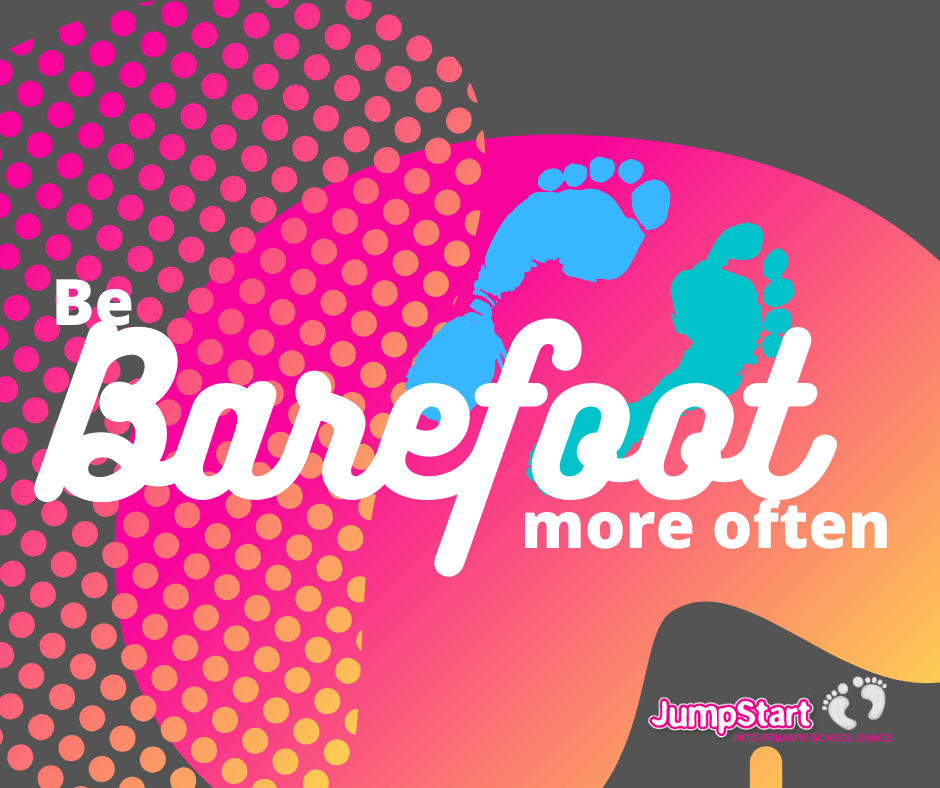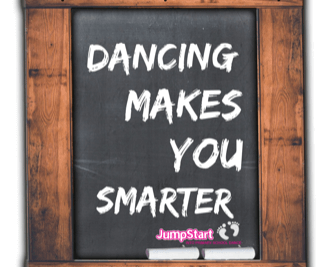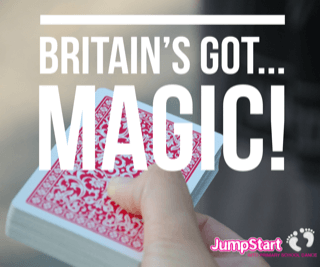You may have found that since the coronavirus lockdown (I am writing at the beginning…
And can creativity be learned?
You may have already read last week’s blog ‘So what exactly is creativity?’ and this week we’re continuing with the theme, with a focus on HOW to be creative.
Children have a natural ability to create and it is a wonder to behold. Spend any time with a young child and you will witness their talents for generating movement, scribbles and doodles, random songs…they seem to be in limitless supply! In our regular JumpStart dance classes, we feel incredibly fortunate to witness children’s imaginations in full flow as they whizz around the room as a deflating balloon, or devising a movement phrase representing a Piet Mondrian painting.
However, something appears to happen as we get older. Suddenly we stop doing many of the things we once loved doing (often the things that have no obvious purpose). Is this because we worry about judgements from our peers? Is it because we become much more self-critical about our abilities? And because we begin to value work over play? It seems to be a mixture of these reasons that stops many of us from continuing to draw, sing or jig around on the floor.
As we age, we can become more fearful. Afraid of failure. Fearful of not living up to other people’s (or your own) expectations. Terrified of making mistakes. Scared of trying something new and being out of our comfort zones. A few years ago I read ‘Feel the Fear and Do It Anyway’. It was one of the first self-help books available and whilst some of the content feels dated today, it played a pivotal role in my own personal development. The realisation for me that there was MORE THAN ONE way to do things and there was often no WRONG WAY was a massive breakthrough moment for me (I’m a self-confessed perfectionist!).
We all have our own hang ups and obsessions that can stop us from being the best versions of ourselves. And creativity plays a major role in helping us to achieve that potential.
‘But I’m not a creative person’.
I hear similar stories from adults all the time – from the teachers I work alongside, as well as fellow parents and friends. And the belief that creativity is innate is still widely held by many.
It may surprise you to hear that creativity can be learned and developed.
Research conducted by psychologists back in 1998 concluded that creative geniuses such as Albert Einstein and Amadeus Mozart are made, rather than born. Michael Howe, Professor at Exeter University, examined a range of geniuses to determine whether they were born with exceptional abilities or developed their talents through childhood. Howe concluded “Genuine creative achievements depend more on perseverance over the long haul than on prodigious childhood skills…What makes geniuses special is their long-term commitment. They struggle very hard and they keep on persisting. They enjoy their work”
Creativity At Work agrees that “You can learn to be creative by experimenting, exploring, questioning assumptions, using imagination and synthesising information. Learning to be creative is akin to learning a sport. It requires practice to develop the right muscles and a supportive environment in which to flourish”.
Creative ability is actually a matter of experience and practice.
So how can you exercise your creativity muscle?
Other the next few weeks, we’ll be blogging about different ways you can develop your creativity, both as an adult and as a family.
And if you would like a link to the Feel the Fear book I mentioned, you can view it here.
I am an Amazon Affiliate and will receive commission if you decide to purchase this book.



